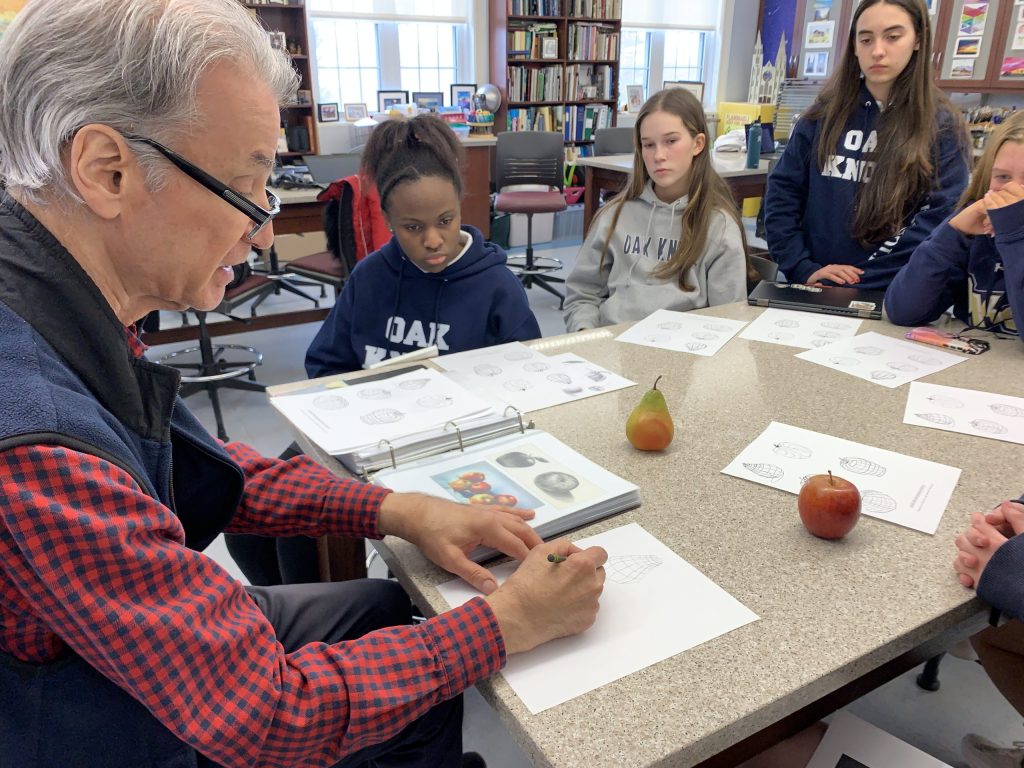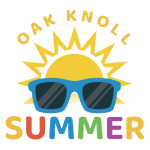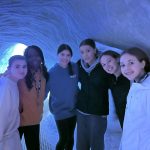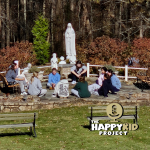In the Digital Age, Art Can Be a Lesson in Integrity
 In a grade nine computer graphics class at Oak Knoll, students learn the difference between original art versus artistic decision-making using the inspiration, tools, and inputs created by others. In this new era of artificial intelligence, where a user (however creative they may be) can prompt a generative AI to transform its learned data set into a finished essay or image, this is an invaluable lesson in the integrity of the creative process and the often blurred lines between the personal act of creating versus the collaborative act of artistic decision making.
In a grade nine computer graphics class at Oak Knoll, students learn the difference between original art versus artistic decision-making using the inspiration, tools, and inputs created by others. In this new era of artificial intelligence, where a user (however creative they may be) can prompt a generative AI to transform its learned data set into a finished essay or image, this is an invaluable lesson in the integrity of the creative process and the often blurred lines between the personal act of creating versus the collaborative act of artistic decision making.
Upper School Creative Arts Teacher Will Cardell is adamant that his students experience the personal satisfaction that comes with creating something original while incorporating technology to augment their artistic expression with computer graphics tools and effects.
Students recently embarked on a drawing project in which they first brought in a reference photo of a simple piece of fruit. They used this reference photo to hand draw a black-and-white shaded study of the fruit and created construction drawings to explore the contours and anatomy of the fruit’s form.
Once students were comfortable depicting their subject, they used a computer graphics program to translate their hand-drawn image into a colorized digital one. Then, they used digital effects and other tools to alter their image — for example, changing a red-delicious apple into a granny smith.
Finally, the students set the piece of fruit against a photographic backdrop, which could be realistic, imaginary, or surreal.
“We’re coming in with the idea that you’re going to actually create things on your own from scratch and then use the digital tools to enhance, augment, change, and reinforce,” explained Cardell.
Anaïs Picciano ’27 reflected on this process after creating the poster for the Upper School musical “Shrek.” She used construction paper to create a simulated wooden signpost and watercolors to paint a beautiful mottled green forestscape. She then digitized her original work and made a series of artistic decisions using available technology resources.
She added the official Shrek logo from Dreamworks, chose compatible fonts to present show times and dates, superimposed that information on her digitized signpost, and enhanced her forestscape with texture and colorizing tools. She output the final product using a color printer.
“There’s a gratification in seeing it all come together,” said Picciano. “It was almost like I did a bunch of mini art projects and put them together digitally. Doing the original painting was satisfying. At that point, it wasn’t for an audience. When I started to manipulate my work for the poster, the decisions were for an audience of others.”
Also reflecting on the balance of original artwork versus creative decision-making using digital tools are grade nine art students Audrey Moriarty ’27 and Casey Schiller ’27.
“I think these art projects require me to think more and observe in the real world and then think how my original work becomes something else with graphics or AI,” said Moriarty.
“When you think of AI, it takes everything it finds, which is things many people have done, and combines them to give you an answer,” added Schiller. “So it’s not your own work, even if your prompt created it. It’s harder to look at what results from the computer prompting and think that’s mine compared to something I’ve written or done on my own.”
“What they’re gaining, first of all, is this idea of integrity,” said Cardell. “What is your original work? That’s a critical thing that gets muddled and confused in this digital age. What is purely your own? What is referenced and manipulated, and what is an overlay of something that someone else has created?”
Cardell’s pedagogical approach to computer graphics is just one of countless examples throughout the Oak Knoll curriculum of the quest for academic and artistic excellence while emphasizing social responsibility and personal integrity.






